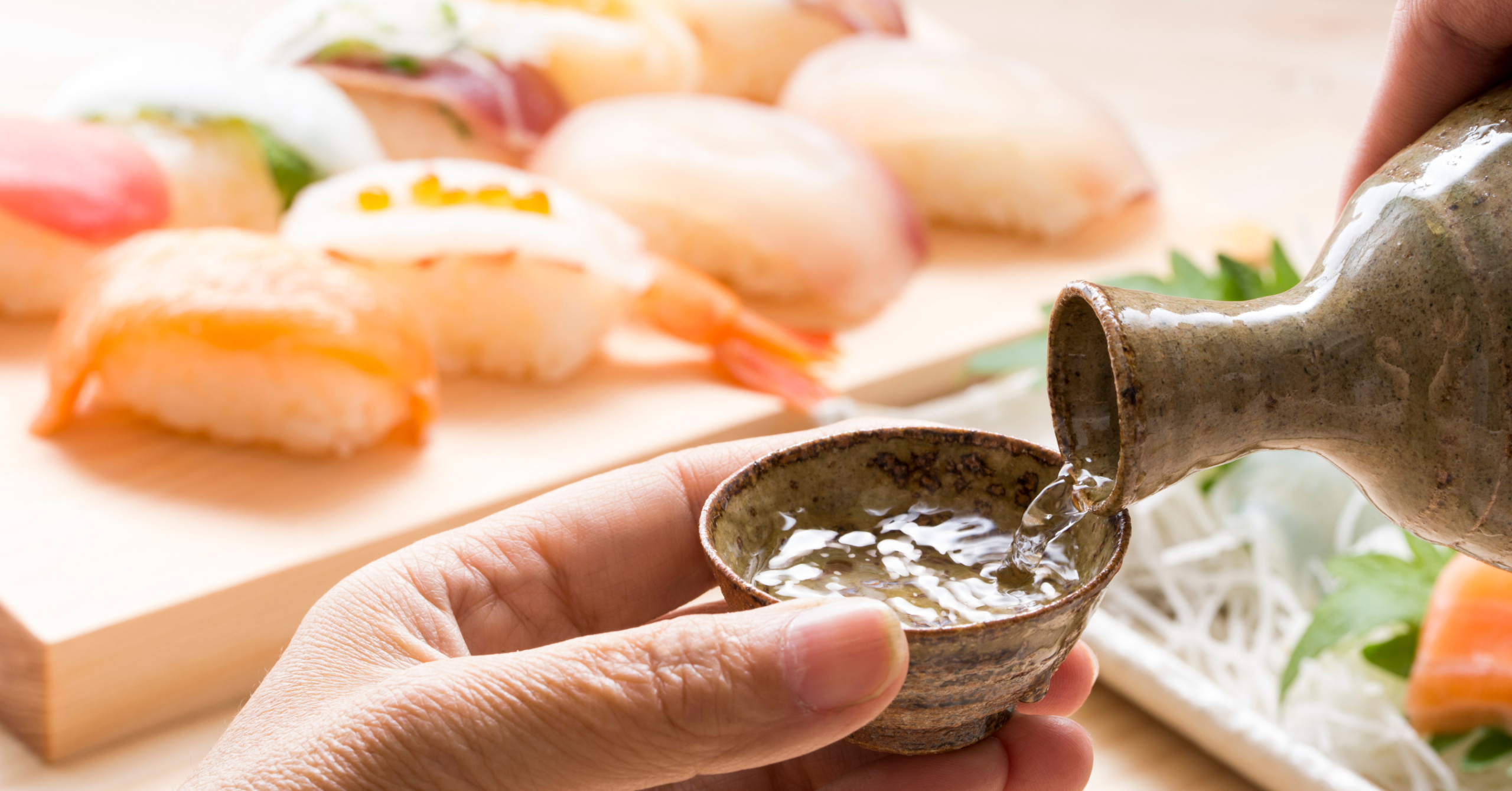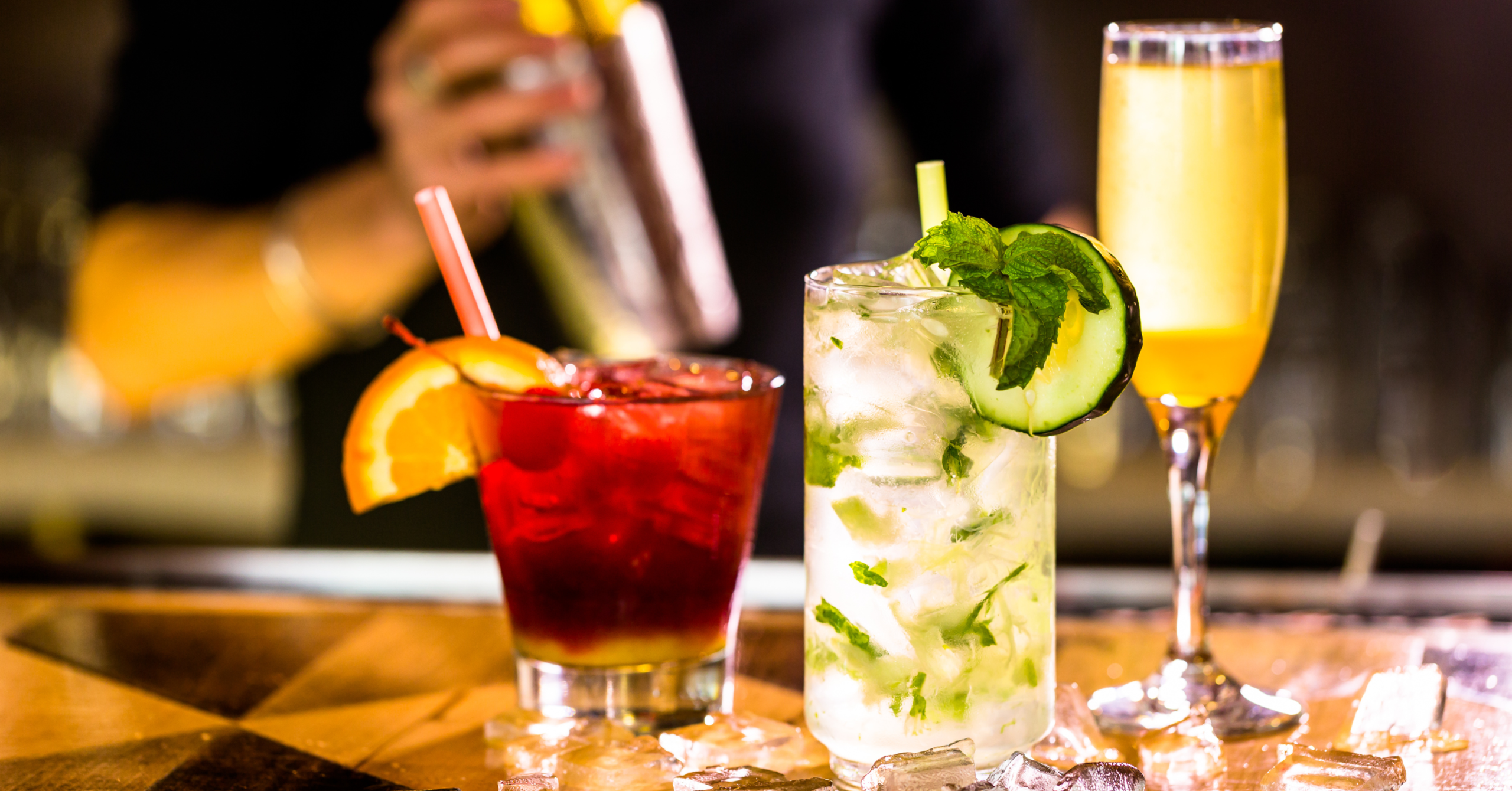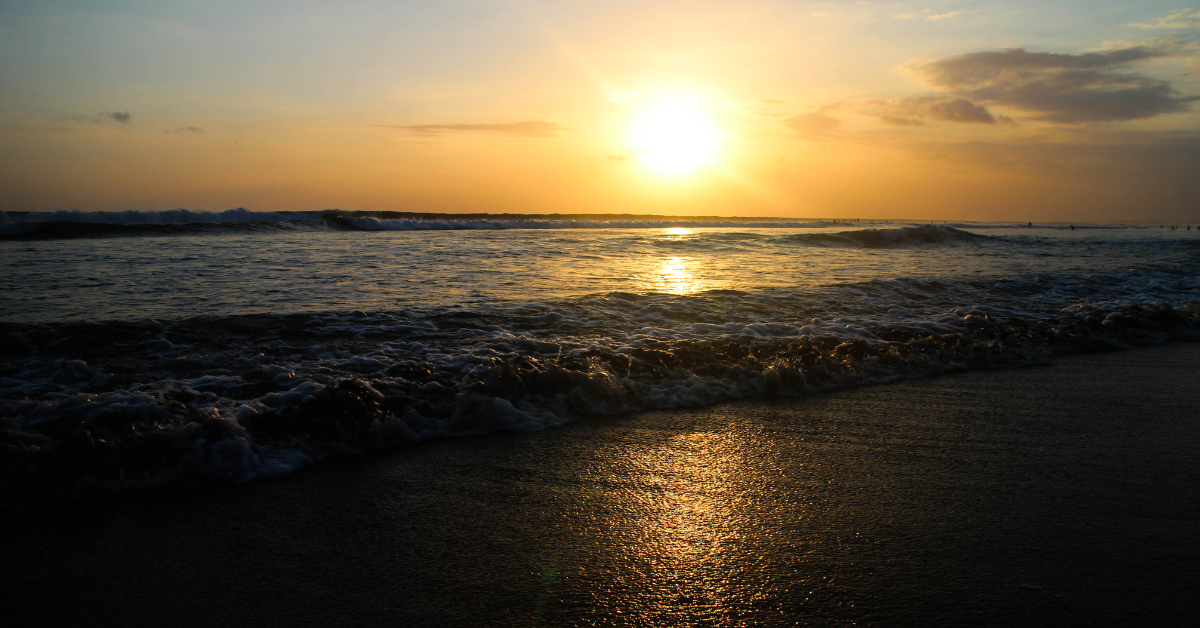Sake Sommelier: The Art of Japanese Pairing in Bali’s Rising Culinary Scene
Bali has become an unmissable gastronomic destination and along with it grows the interest in the role of the sake sommelier, who brings Japan’s traditional beverage to the table as the star of sophisticated pairings.
In this article, we’ll explore who this professional is, their role in Japanese restaurants in Bali, how sake pairings work and where you, as a tourist, can enjoy this unique experience on the island.
What Is a Sake Sommelier?
A sake sommelier is a specialist dedicated to Japan’s fermented rice beverage, responsible for selecting, serving and explaining sake in restaurants, bars or events. Similar to a wine sommelier, they focus entirely on the culture, techniques and service of sake.
This professional curates sake menus, interprets labels (like Junmai, Ginjo, Daiginjo), determines the ideal serving temperature and guides customers on the best choice for each dish or occasion.
For tourists in Bali wanting a refined Japanese culinary experience, understanding this role can turn a simple meal into a memorable event.
A Growing Profession
With the global rise of Japanese cuisine and increased interest in beverages beyond wine, the sake sommelier’s role has gained visibility. International organizations like the Sake Sommelier Association (SSA) certify professionals and promote the market.
In Bali, home to fine dining restaurants and omakase-style tasting menus, the sake sommelier acts as a cultural bridge, connecting guests with the complex yet accessible world of sake.
The Sommelier’s Role in Japanese Restaurants
Sake Menu Curation and Label Selection
At high-end Japanese restaurants in Bali, the sake sommelier builds diverse menus: from light and aromatic styles to full-bodied, traditional brews. This allows guests to pair sake with everything from delicate appetizers to rich dishes.
Service and Temperature: A Technical Skill
A unique feature of sake is its temperature flexibility: it can be served chilled (~5 °C) to highlight freshness and aromas, or warmed (~40–55 °C) to soften acidity and emphasize depth. The sommelier must master these techniques to match the sake with the dish and the guest’s preferences.
Educator and Cultural Ambassador
Beyond serving, the sommelier educates. They explain terms like “Junmai,” “Ginjo,” “Daiginjo,” or “Yamahai” and describe the rice polishing ratio, production region and sensory profile. For tourists, this deepens the overall dining experience.
Classic Pairings: Sake and Japanese Cuisine
Sushi, Sashimi and Sake: The Perfect Match
In omakase menus, sashimi of white fish or tuna pairs beautifully with clean, crisp, chilled sakes, like a Ginjo from Niigata. The sake doesn’t compete with the fish but rather enhances its flavor.
Grilled Dishes, Broths, and Meats with Full-Bodied Sake
When dishes are more intense, like grilled fish with miso or richly marbled meats, the sommelier may suggest a traditional-style sake (Yamahai or Kimoto), bolder and richer, often served warm to add depth and harmony.
Sake for Dessert? Absolutely!
Sake can also accompany desserts. A well-aged sake (Koshu), with nutty, caramel and umami notes, pairs surprisingly well with elegant sweets, creating a refined and memorable finale to the meal.
Where to Enjoy This Experience in Bali
Japanese Restaurants with Sake Sommeliers on the Island
For those visiting Bali and eager to explore sake pairing, top restaurants await. For example, Takumi, Japanese Fine Dining in Nusa Dua offers a premium sake bar. Another excellent choice is Izakaya by OKU, known for sake-based cocktails and a refined sake list. In Miss Fish we also have a Sake Sommelier to help you understand the best sake pairings for different types of Japanese food.
Tips for Tourists: How to Get the Best from Your Sake Pairing
- Book in advance and mention you want a sake pairing. Many restaurants offer sake lists, but pairings might not be automatic.
- Ask the sommelier about styles you haven’t tried and request a flavor explanation (light, aromatic, bold).
- Let them guide you on temperature, a warmed sake might surprise you.
- Stick to authentic Japanese cuisine: nigiri, sashimi, grilled dishes, and soups for the best pairing experience.
- Be aware that pairing adds value to the meal, both in price and enjoyment.
The Magic of Pairing: More Than Just the Drink
The real magic of pairing sake with Japanese food lies in how each enhances the other: the dish reveals deeper notes, and the sake gains complexity when paired with high-quality ingredients. For tourists in Bali, this creates an elevated, sensory-rich moment.
When a sake sommelier combines technique, culture, and palate, the meal becomes a story, each sip tells of rice, water, yeast and the Japanese region it comes from, while each dish responds to that story. In Bali, a place where fusion and tradition meet, this experience becomes even more special.
Turning a Meal into a Memory
If you’re traveling to Bali and want more than just another meal, something memorable, choose a Japanese tasting menu paired with sake by a certified sommelier. It’s a beautiful way to immerse yourself in Japanese culture with a tropical flair, leaving the table with a new appreciation for flavor, tradition and mindful indulgence.




